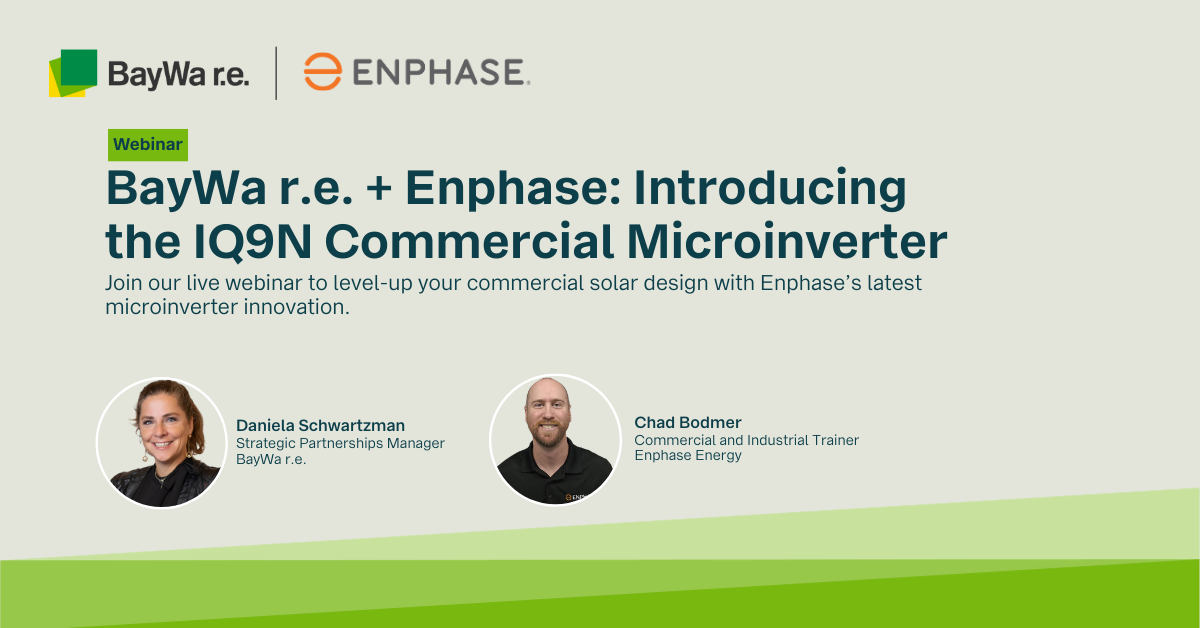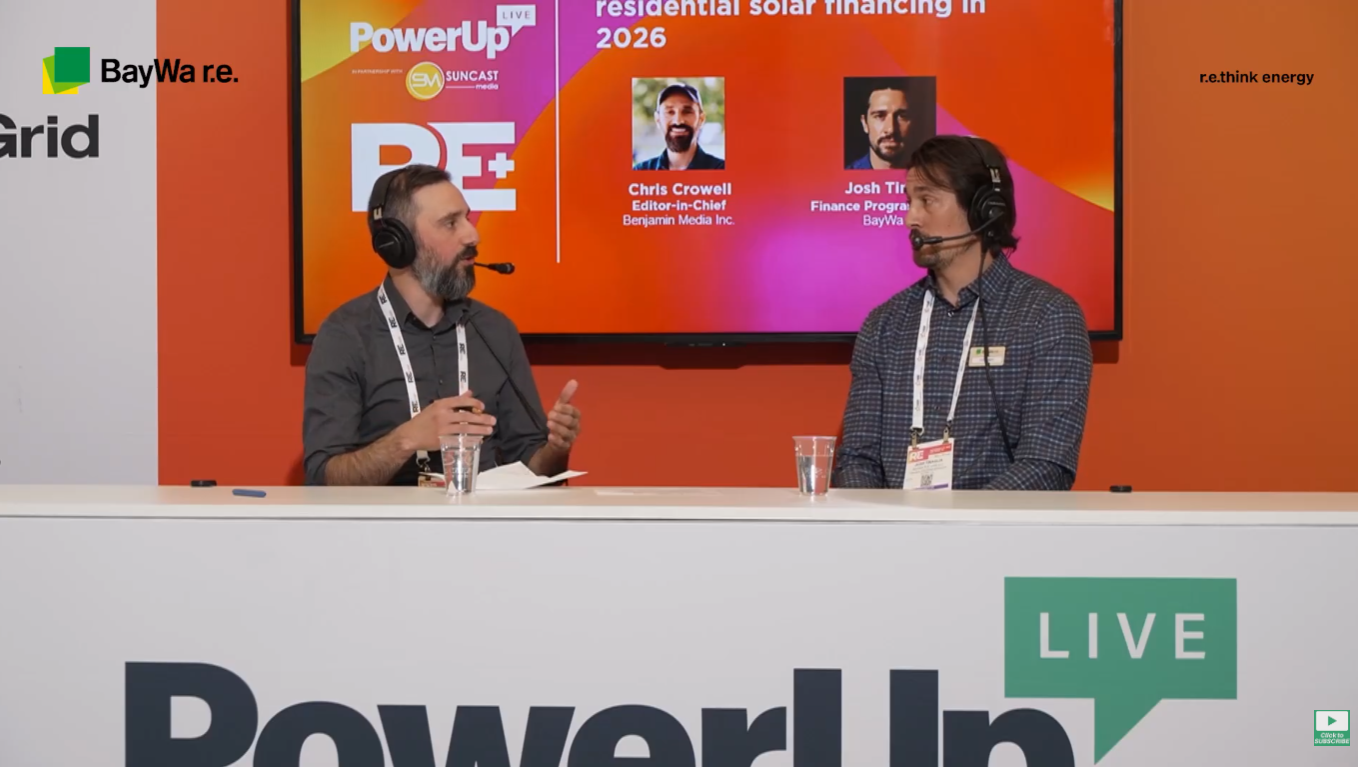
Note: This article is part of the educational series: r.e.energize Your Digital Marketing. To view all the lessons in the series, click here.
The following elements are in no particular order
1. Metadata (tags and descriptions)
Metadata is the “behind the scenes information” on your website, such as title tags (i.e., the title of your webpage that shows up on the SERP—or Search Engine Results Page), descriptions, alt text for images, and more. Ensuring that this information is accurate and updated is a crucial element to help search engines successfully “crawl” and index your website and its information so that it shows up appropriately when users search for the info you have to provide.
A tool that Energy Circle uses and recommends for exploring your website—or another URL’s metadata—is the ScreamingFrog SEO Spider Tool.
2. Well-written, readable (and skimmable) content
This one might seem like a cliche—but it’s a cliche for a reason: content truly is king. As Moz mentions, content is supply answering demand: it helps provide information that people are seeking. Content is essential for engagement as well as SEO, and should be unique, useful, relevant, comprehensive, and accessible for your intended audience.
3. Keyword research
If content is king then keyword research is the castle and drawbridge that fortifies him. Simply put, keyword research helps uncover what your target audience is searching for by asking the question, “How do your competitors and potential customers talk about the services or products you offer?” Once you understand the ‘conversation,’ you can identify common terms, phrases, questions, and themes, and incorporate them into the content on your site making it more comprehensive, and relevant to your target audience. Keyword research is essential to creating strong, well-formed, compelling content that enriches your web presence, making your website an authority and a resource to engage visitors and prove its relevance when crawled by search engines like Google.
To find and measure the impact of strong keywords and their utility, the Energy Circle uses several tools, including SEMRush, Keywords Everywhere, and Answer the Public for inspiration.
4. Internal linking
Internal linking is the process of attaching hyperlinks to text, images or graphic elements within the body content on site pages that, when clicked, direct users to related content or pages elsewhere on the same site. Linking content internally is essential to ensure that your content is searchable by visitors and able to be indexed by search engines. You don’t want to create any orphaned webpages or go to the trouble of curating information that cannot be found by its intended audience. A well-organized and executed internal linking strategy connects relevant pages and content throughout your site, creating a clear path for users to navigate through your webpages, and offers alternative options for finding the content most useful to them.
5. High-quality images and alt tags
We mentioned alt tags briefly above, but they are a fundamental element of a properly-curated SEO strategy. Images are an essential component of any marketing strategy, and alt tags are critical for indexing and accessibility purposes. Make sure that you label your images with relevant titles and alt-tags—not just the default file name.
6. Check your UX
Are all of your buttons clickable, all of your fields fill-able, and all of your information find-able? User experience takes into consideration interactions and behavior and is key to converting visitors to leads. Focusing on the user experience of your website will help you zero in on elements of the environment that may create friction, and allow you to find solutions.
7. Device responsive website
Is your website ‘device responsive?’ It feels like everyone has a smartphone these days—and that’s mostly true. If they don’t, they have a tablet or iPad. Or both. It’s important that their user experience be seamless across devices. What happens if a potential customer begins exploring your website on their phone, browsing at work earlier in the day, and looks you up on their desktop computer at home later in the evening only to be confronted with an entirely different view?! Ensure that your visitors convert to customers no matter how many times they view your website across different devices.
8. URL’s: What’s your structure?
It may not seem like much, but the hierarchy of your website’s URLs is also an important element of SEO. This information is used by search engines to deduce if the content on the page is relevant to the needs of the searcher. You don’t want your URL skipped over because it’s a confusing conflab of numbers and letters–make sure each URL reflects the page content.
Bonus Tip!
Make sure that your website is accessible. As defined by Shawn Cohen, Director of Digital Strategy at Energy Circle, “Web accessibility is the idea that all people should have equal access to online information, tools and technologies… [the practice is] vital to the ongoing growth and improvement of the entire internet.” Not sure where to begin? This blog has some great tips for identifying and fixing low hanging fruit.




